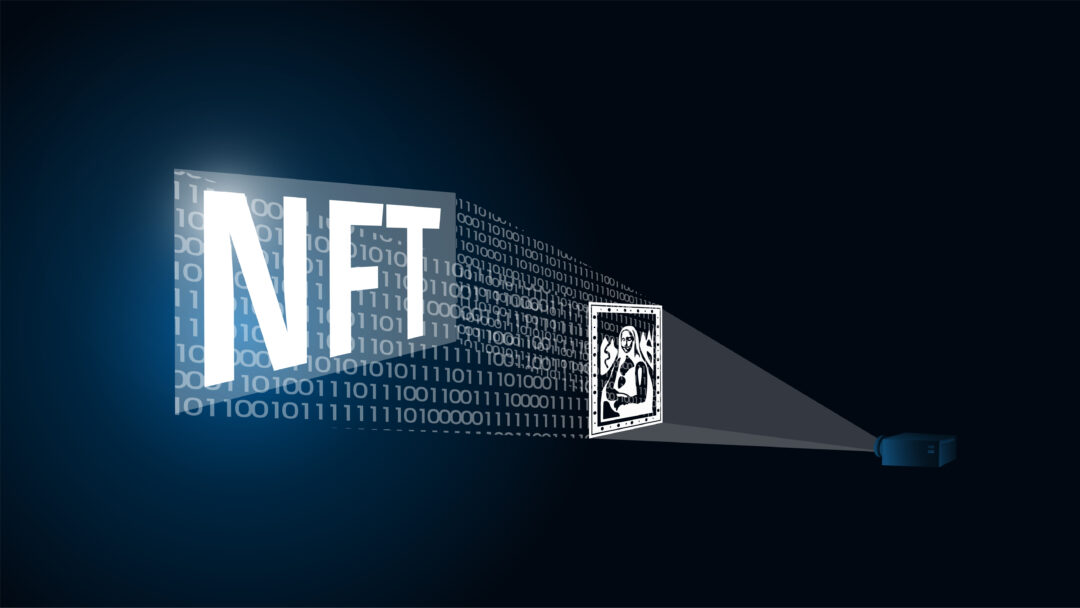Over $600 million‘s worth of digital artworks have been sold in less than five months. What is the common denominator of all these in-demand artworks? They have all been acquired and sold as non-fungible tokens (NFTs)!
NFTs are the new hotspot in the blockchain world and crypto markets. But as you can guess, the story does not end here. Born in the crypto space, NFTs have swiftly expanded beyond this very niche space. In less than half a year, NFTs have convinced the non-crypto world of their immense potential.
Just take a look at these few examples — First, Christie’s, the world’s most famous auctions house, recently sold a single NFT for $69 million; then, Eminem launched his very own NFT collection on Nifty Gateway; and now the NBA is producing Top Shots NFTs for fans to purchase short video highlights of their favorite basketball team. The list goes on and on.
This phenomenon is particularly pronounced in the art scene, with thousands of new creators joining NFT marketplaces to display and sell their artwork. While some of the NFTs on the market are extremely elaborate, there are also very simple digital collectibles available at a very high price. For example, you can find a single Red Pixel auctioned for $900,000 on one of the largest NFT marketplaces, OpenSea.
By now, you have probably noticed that NFTs are not constrained to art. Top Shots by the NBA, for example, are mini clips from past basketball games. NFTs are taking different forms and shapes, here’s a non-exhaustive list of NFTs I have come across: artwork; sneakers; domain names; tweet; song; digital/virtual land; in-game item/skins; memes; virtual hoodies; virtual house.
What is the market opportunity for NFTs?
The type of NFTs that get the most traction currently: digital art. Here’s a simple explanation of why the traction has been focused on this very creative and aesthetic form of NFTs. As an artist, NFT marketplaces are vital for growing your community of collectors and fans. Any artist can enter this new space focused on connecting creators (aka artists) and collections (aka buyers) – this is the primary purpose of NFT marketplaces. They have been tweaked to facilitate these interactions and transactions.
As a creator of digital art, the main technique you will need to master for entering this new market is called ‘minting’. The process of minting allows you to convert your art into an NFT, and ultimately make sure that it bears your digital signature forever and ever.
Various benefits come from converting your art into an NFT: more visibility, true ownership over your work, and depending on the marketplace, you can receive a commission every time your NFT is resold. If done correctly, minting or ‘tokenising’ your artwork will also lower the risks that come with CTRL C & CTRL V — yes, copy/pasting digital art has always been an issue for digital artists.
Every NFT marketplace has its own way of onboarding new creators and conducting the minting process. However, all marketplaces will have to connect with your crypto wallet. The first step new creators will need to take is to download the Metamask Chrome extension, a virtual crypto wallet that allows interactions with any NFT marketplace. Creators then need to acquire ETH cryptocurrency and add it to Metamask before choosing a marketplace. The largest ones are Rarible, OpenSea, and Foundation. The steps after this are pretty straightforward; the new creators will simply need to upload their digital art onto the platform of their choice. Once the art is minted, it is ready to be sold.
Whichever marketplace you choose, you will need to ensure that the assets of your NFT – the media and metadata – are stored securely on the blockchain or a decentralised protocol. If creators do not follow these best practices, their NFTs could face tech issues in the near future, such as the artwork vanishing or being stolen.
Minting is the best way for digital artists to market their creations and even receive a percentage every time the NFT changes hands. The opportunities in this space are endless and are starting to move beyond 2D artworks, as the latest creation by Larva Labs shows.








